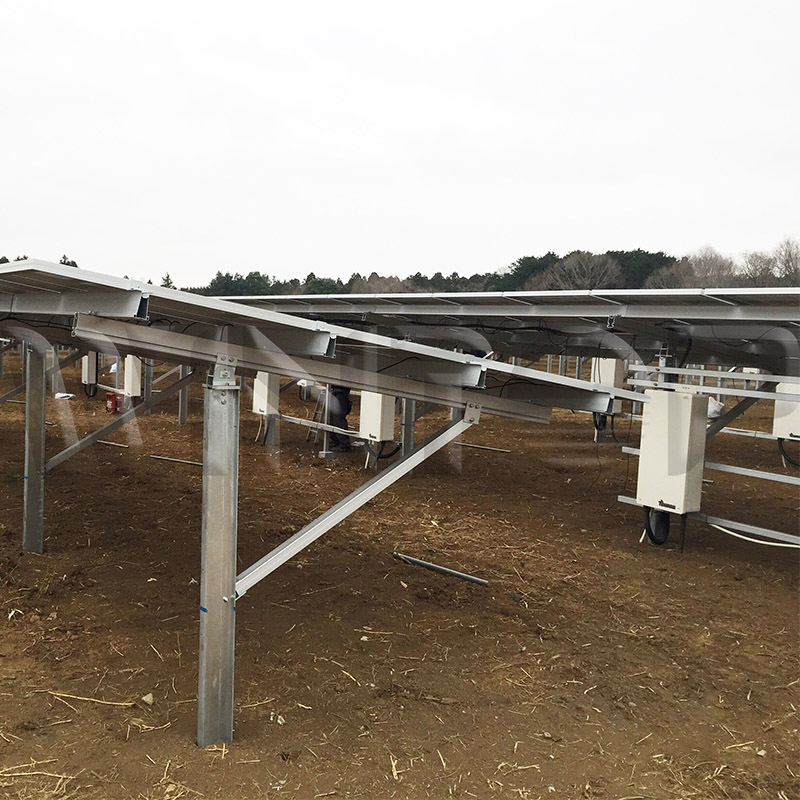Installing a piling solar mounting system careful planning and execution Here are the general involved in installing a
piling solar mounting system:

1. Site Assessment Begin by conducting a thorough site assessment to determine the feasibility of installing a piling solar system. Consider factors such as available sunlight, ground conditions, shading, and any potential obstructions that may affect the solar panel's performance.
2. Engineering and Design: Once the site assessment is complete, work with a professional solar engineer to design the piling solar installation system. This involves determining the optimal location for the solar panels, considering factors such as sun orientation and tilt angle for maximum energy production.
3. Obtain Permits and Approvals: Before proceeding with installation, you will need to obtain the necessary permits and approvals from the relevant authorities. This may include building permits, electrical permits, and compliance with local regulations.
4. Prepare the Site: Prepare the installation site by clearing any debris or vegetation that may obstruct the installation process. Ensure that the ground is level and stable to support the weight of the piling system.
5. Install Piles: Install the piles or foundations that will support the solar panel mounting structure. The type of piling system will depend on various factors, including soil conditions and the required load-bearing capacity. Consult with a qualified civil engineer or contractor for the proper installation technique.
6. Mount Racking System: Once the piles are in place, install the racking system that will support the solar panels. The racking system is typically made of corrosion-resistant materials such as aluminum or steel. Follow the manufacturer's instructions for mounting the racks securely to the piles.
7. Electrical Wiring: Connect the solar panels to the electrical system. This involves routing the DC wiring from the solar panels to an inverter, which converts the DC power into usable AC power for consumption or grid connection. Follow local electrical codes and regulations during the wiring process.
8. Install Solar Panels: With the racking system in place, carefully install the solar panels on the mounting structure. Ensure that they are securely fastened to the racks and properly aligned for optimal solar exposure.
9. System Testing and Commissioning: Once the installation is complete, test the entire system to ensure proper functioning. This includes checking the electrical connections, verifying the output voltage and current, and conducting a final inspection to ensure compliance with safety standards.
10. Monitoring and Maintenance: Establish a monitoring system to track the performance of the solar installation over time. Regularly inspect and maintain the system to maximize its efficiency and identify any potential issues early on.
It is important to note that the installation process may vary depending on the specific requirements of your project and the type of piling system being used. It is recommended to work with a professional solar installer or contractor who has experience in piling solar installations to ensure a successful and efficient installation.


